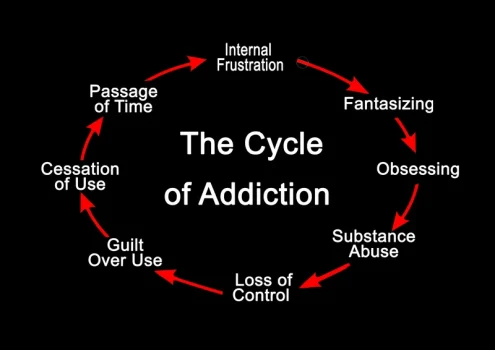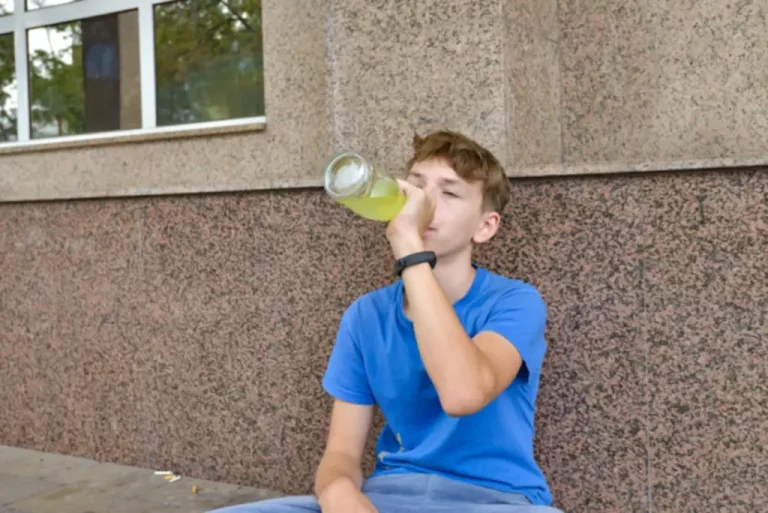Navigating the Treatment Spectrum: Different Types of Interventions
In the realm of therapy and counseling, solution-focused interventions provide a valuable approach to helping individuals identify and work towards their desired outcomes. These interventions focus on finding practical solutions and building on existing strengths rather than dwelling on problems or past experiences. Therapists who use psychodynamic interventions often create a safe and supportive environment where clients can freely express their thoughts and feelings. Through open-ended questions, active listening, and interpretation, therapists help clients explore their unconscious processes, identify recurring themes, and understand how these patterns impact their current thoughts, emotions, and behaviors. Cognitive-behavioral interventions are based on the principle that our thoughts influence our emotions and behaviors.
Cognitive Behavioral Therapy
- An intervention can be a highly emotional experience and a trained, qualified interventionist can help walk all the loved ones through the experience and recommend treatment centers if needed.
- Children and young people with developmental delays may struggle with everyday tasks such as eating, dressing, or holding a pencil.
- Whether you’re searching for a specialist based on your unique needs, experience level, insurance coverage, budget, or location, our user-friendly platform has you covered.
- Designed by Gary Chapman, PhD, as a companion to his book, “The 5 Love Languages,” this short and simple assessment can help your client improve their relationship awareness.
- “CBT tends to focus on changing behaviors, usually maladaptive behaviors. Some of their techniques include identifying the factors that contribute to the maladaptive behaviors to remove them, and ‘learning’ new ones,” Garcia says.
These approaches allow children to access the curriculum more effectively, often improving self-confidence and making school experiences more positive. Sometimes, an intervention cannot be easily administered to individuals but can be applied to groups. In such cases, a trial can be done by assigning “clusters” – some logical groups of participants – to receive or not receive the intervention. This design allows the study of two interventions in the same trial without unduly increasing the required number of https://thecinnamonhollow.com/a-guide-to-sober-house-rules-what-you-need-to-know/ participants, as also the study of interaction between the two treatments. Several variations of interventional study designs with varying complexity are possible, and each of these is described below.
Your therapist helps you empathetically validate your perspective while also offering you a safe space to reconnect to your true identity. Cognitive-behavioral therapy (CBT) is a type of talk therapy that aims to challenge cognitive distortions present in your thinking and find better ways to cope and manage your stress through problem-solving. It’s predicated on the idea that your thoughts create your reality, so you can shift them to feel better.
Intervention Procedures Based on Invitations
When exploring forces of change, be sure to search for personal factors (knowledge, belief, skills) as well as environmental factors (barriers, opportunities, support, incentives) that keep the situation the same as well as ones that push for it to change. By now you have probably guessed that there is not a rigid step-by-step process for developing a logic model. Remember that your logic model is a living document, one that tells the story of your efforts in the community. On the other hand, while developing the model you might see new pathways that are worth exploring in real life.
Mass treatment of school-age children in areas highly endemic for the infection with an anti-schistosomal drug every year or two may be sufficient to virtually eliminate serious disease consequences of infection with Schistosoma mansoni. Alterations to the environment directed at reducing the transmission of infections are central to the control of many infectious diseases, particularly those that are transmitted through water, such as cholera, or through the faecal–oral route such as many gastrointestinal infections. Environmental interventions to reduce human faecal and urine A Guide To Sober House Rules: What You Need To Know contamination include latrine construction, provision of sewage systems, clean water supplies, and protected food storage. Other environmental interventions tackle indoor or outdoor air pollution or involve the disposal of contaminants such as pesticides or heavy metals. They are also interventions that typically have to be applied to whole communities, rather than to individuals in a community, so that, in trials, the unit of randomization is the community or, in some instances, the household.
Eye movement desensitization and reprocessing therapy
The Comprehensive Cancer model illustrates a generic logic model accompanied by a zoom-in on the activities to give program staff the specific details they need. Notably, the intended effects on the zoom-in are identical to those on the global model and all major categories of activities are also apparent. But the zoom in unpacks these activities into their detailed components and, more important, indicates that the activities achieve their effects by influencing intermediaries who then move gatekeepers to take action.
Art therapy
In that moment, my years of training in prioritizing patient care based on immediate threats to life came into play. Although the fracture was severe, addressing his respiratory distress first was crucial for his survival. After stabilizing his breathing and controlling the bleeding, he was taken for surgery to address his leg injury.
They include clear, non-threatening examples of how the loved one’s addiction has personally affected the writer. Through these letters, writers reinforce their love and concern, urging the loved one to seek help and specifying the support they are willing to provide. They also state the personal boundaries and consequences should the offer of help be declined. These letters serve as a powerful tool in communicating the love, concern, and hope for recovery to the loved one.
Thus, the outcomes observed in such studies cannot be reliably attributed to the specific intervention, making this a weaker design than RCT. When a new intervention, e.g., a new drug, becomes available, it is possible to a researcher to assign a group of persons to receive it and compare the outcome in them to that in a similar group of persons followed up in the past without this treatment (”historical controls”). This is liable to a high risk of bias, e.g., through differences in the severity of disease or other factors in the two groups or through improvement over time in the available supportive care. The interventions can be quite varied; examples include administration of a drug or vaccine or dietary supplement, performance of a diagnostic or therapeutic procedure, and introduction of an educational tool.
3.2. Health systems interventions
The world sometimes works in surprising, counter-intuitive ways, which means we may not comprehend the logic of change until after the fact. With this in mind, modelers will appreciate the fact that the real effects of intervention actions could differ from the intended effects. Certain actions might even make problems worse, so it’s important to keep one eye on the plan and another focused on the real-life experiences of community members. While the starting point for logic modeling is to identify the effects that correspond to stated goals, your intended effect are not the only effects to watch for. Any intervention capable of changing problem behaviors or altering conditions in communities can also generate unintended effects. Each mapping or modeling technique uses a slightly different approach, but they all rest on a foundation of logic – specifically, the logic of how change happens.
- These four types of intervention are typical and depend on the severity and how sincerely one expects the addict to be receptive to the intervention.
- Therefore, the emphasis is on moving through pent-up feelings and blending together different holistic approaches to fit your specific needs.
- Residual insecticide on the walls ofhouses offers relatively little direct protection to those in thetreated household, as the mosquitoes take up the insecticide whileresting after a blood meal.
- Consistent with social ecological theories of human development, this broader focus is based on the view of the programme developers – that children’s difficulties are caused and maintained by multiple factors within these systems and their interaction.
- Providing a stable environment that minimizes stress and triggers can significantly support someone who has accepted treatment, giving them time to heal without enabling substance use behaviors.
- Whichever technique you choose from the list of therapeutic interventions, you’ll want to keep a comprehensive record of which ones you use for each session in your clients’ progress notes..
Some interventions whichare applied to individuals can be evaluated through the random allocation ofindividuals to the intervention or the ‘control’ arms. Other interventionsare applied to groups of individuals, such as households or wholecommunities, and the group should therefore be the unit ofrandomization. There are many aspects and parts of an intervention that need to be planned out and taken care of before, during and after you present or engage with the individual that is suffering from alcohol, substance abuse or substance use disorders. In fact, the best way to start is by making an appointment with a an interventionist to talk things through. This way, the interventionist can present the variety of intervention models that are available and begin to prepare each family member, loved one, friend and colleague before the actual intervention. One of the hardest things in life is watching a family member or friend’s life spiral down to complete destruction.
Specific studies may be necessary to measure the specificity, sensitivity, and predictive values of different diagnostic tests, as these properties will impact on the likely effectiveness of a case finding and treatment intervention. They assess the patient’s condition and needs, identify when specialized care or expertise is required, and initiate or suggest referrals to other healthcare professionals (dependent upon agency policies). For example, a nurse might refer a patient to a physical therapist for mobility issues, a dietitian for nutritional counseling, or a social worker for support with discharge planning and community resources.
For some forms of surgery, ‘sham’ operations have been used in clinical studies and perhaps could be considered in field trials. In general, however, randomized trials of these procedures will have to be conducted without blinding. Strategies for the use of such interventions include the mass treatment of entire populations or the targeted treatment of identifiable subgroups (such as school-age children) in areas where the infection is highly prevalent.

















